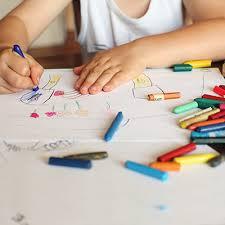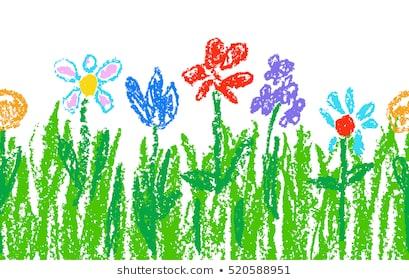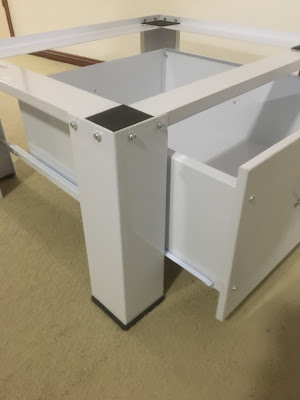Creativity versus Conformity
Marjie and I have twice seen “We Will Rock You”, the musical based on the songs of the British rock band Queen, with a book by Ben Elton.
The musical tells the story of a group of Bohemians who struggle to restore the free exchange of thoughts, fashion, and live music in a distant future where everyone dresses, thinks and acts the same.
Musical instruments are forbidden, and rock music is all but unknown. Similar themes are explored in “The Hunger Games”, where the citizens of Panem are ruled by a totalitarian regime in The Capitol.
Creativity, at its core, is the productive activity of the human mind that cannot be completely formalised. The piece which follows reminds me how creativity can be subtly stifled, and soon become conformity.




Creativity, at its core, is the productive activity of the human mind that cannot be completely formalised. The piece which follows reminds me how creativity can be subtly stifled, and soon become conformity.
Once a little boy went to school.
He was quite a little boy,
and it was quite a big school,
but the little boy
found that he could go to his room
by walking right in from the door outside.
He was happy,
and school did not seem
quite so big any more.
One morning
when the little boy had been in school a while
the teacher said
‘Today we are going to draw a picture’.
‘Good’, thought the little boy.
He could draw all kinds of things –
lions and tigers,
chickens and cows,
trains and boats.
He took out his box of crayons
and began to draw.
But the teacher said, ‘Wait,
it is not time to begin’.
And she waited until everyone looked ready.
‘Now’, said the teacher,
‘we are going to make flowers’.
‘Good’, thought the little boy.
He liked to make flowers.
And he began to make beautiful ones
with his pink and orange and blue crayons.
But the teacher said, ‘Wait,
and I will show you how’.
And it was red
with a green stem.
‘There ‘said the teacher,
‘now you may begin’.
The little boy looked at the teacher’s flower.
Then he looked at his own flower.
He liked his flower better than the teacher’s
but he did not say this.
He just turned his paper over
and made a flower like the teacher’s.
it was red with a green stem.
On another day,
when the little boy had opened
the door from the outside all by himself,
the teacher said,
‘Today we’re going to make something from clay’.
‘Good’, thought the little boy.
He liked clay.
He could make all kinds of things with clay –
snakes and snowmen,
elephants and mice,
cars and trucks.
And he began to pull and pinch
his ball of clay.
But the teacher said, ‘Wait,
It’s not time to begin’.
And she waited until everyone looked ready.
‘Now’, said the teacher,
‘we are going to make a dish’.
‘Good’, thought the little boy.
He liked to make dishes,
and he began to make some
that were all shapes and sizes.
But the teacher said, ‘Wait,
and I’ll show you how’.
And she showed everyone how to make
one deep dish.
‘There’ the teacher said,
‘now you may begin’.
The little boy looked at the teacher’s dish.
Then he looked at his own.
He liked his dishes better than the teacher’s
but he did not say this.
He just rolled his clay into a big ball again,
and made the dish like the teacher’s.
It was a deep dish.
And quite soon
the little boy learned to wait,
and to watch,
and to make things just like the teacher.
And quite soon,
he didn’t make anything of his own anymore.
Then it happened.
The little boy and his family
moved to another house,
in another city,
and the little boy
had to go to another school.
This school was even bigger
than the other one,
and there was no door from the outside
into his room.
He had to go up some big steps,
and walked down a long hall
to get to his room.
On the very first day
He was there,
the teacher said’
‘Today we are going to make a picture’.
‘Good’, thought the little boy.
and he waited for the teacher
to tell him what to do.
But the teacher didn’t say anything.
She just walked around the room.
When she came to the little boy
she said, ‘Don’t you want to make a picture?’
‘Yes’ said the little boy.
‘what are we going make?’
‘I don’t know until you make it’, said the teacher.
‘How shall I make it?’ asked the little boy.
‘Why, anyway you like’ said the teacher.
‘And any colour?’ asked the little boy.
‘Any colour’, said the teacher,
if everyone made the same picture,
and used the same colours,
how would I know who made what
and which was which?’
‘I don’t know’ said the little boy.
And he began to make a red flower with a green stem.

Comments
Post a Comment